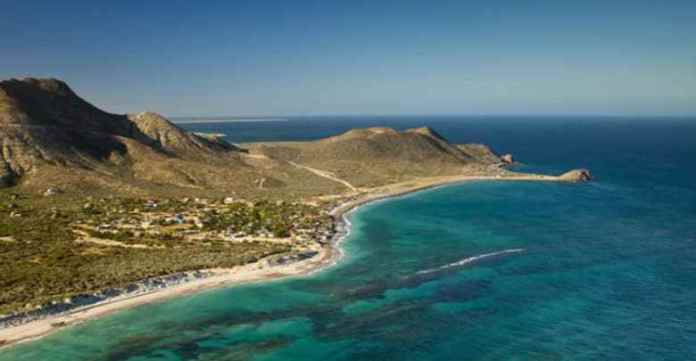Given its great biodiversity and beauty, the Gulf of California is by far the “aquarium of the world”, as it was recognized by the legendary oceanographer Jacques Cousteau, hence the importance of preserving and protecting its wealth.
This was highlighted by the Ministry of Environment and Natural Resources (Semarnat) which reminded that in 2005 the United Nations Educational, Scientific and Cultural Organization (Unesco) declared it a Natural World Heritage.
In its Internet portal, the agency highlighted that this territory includes 244 islands and islets and coastal areas located in Baja California, Baja California Sur, Sonora, Sinaloa and Nayarit.
The Gulf of California has an area of 1,838.012 hectares, of which 25 percent is land area and the rest marine, and includes nine Protected Natural Areas that are: Biosphere Reserves Upper Gulf of California and the Colorado River Delta.
The San Pedro Mártir Island, El Vizcaíno and Islas Marías; the National Parks Bahía de Loreto, Cabo Pulmo and Isla Isabel; and the Flora and Fauna Protection Areas of the Gulf of California and Cabo San Lucas, are also within the Gulf of California.

The agency stressed that the place also protects in its land territory numerous plant species, including the Sahuaro, the highest species of cactus in the world, which exceed 25 meters in height. Some 700 species of vascular plants have also been recorded and it is home to 115 species of reptiles and 181 birds.
Thanks to its importance and high biological, landscape and ecological value, the Islands and Protected Areas of the Gulf of California are considered to be equal to other World Natural Heritage sites such as the Galapagos Islands and the Great Australian Barrier Reef.
Due to its geographical location, ocean currents are one of the main bases of marine productivity in the Gulf of California, Semarnat added.
Approximately one third of the world’s marine mammals are on this site, such as the California sea lion, the sea cow, the blue whale and the sperm whale, as well as one third of the cetaceans and 4,500 of marine invertebrates.
To make matters worse, almost 900 species of fish have been documented, of which about 90 are endemic and others are considered endangered as the totoaba and the vaquita marina, due to factors such as illegal fishing and the use of gillnets .
Therefore, the Mexican government has undertaken various actions to promote the use of sustainable fishing gear in the region and safeguard the biodiversity that inhabits the Gulf of California.
Currently, Mexico has 34 registered sites on the World Heritage List, of which 27 are cultural and six natural and one mixed.
Among them are the Sian Ka’an Biosphere Reserve, El Vizcaíno Whale Sanctuary, the Islands and Protected Areas of the Gulf of California, the Monarch Butterfly Biosphere Reserve, the El Pinacate Biosphere Reserve and the Altar Great Desert, Ancient Mayan City and Protected Tropical Forests of Calakmul and the Revillagigedo Archipelago.
Source: The Baja Post

